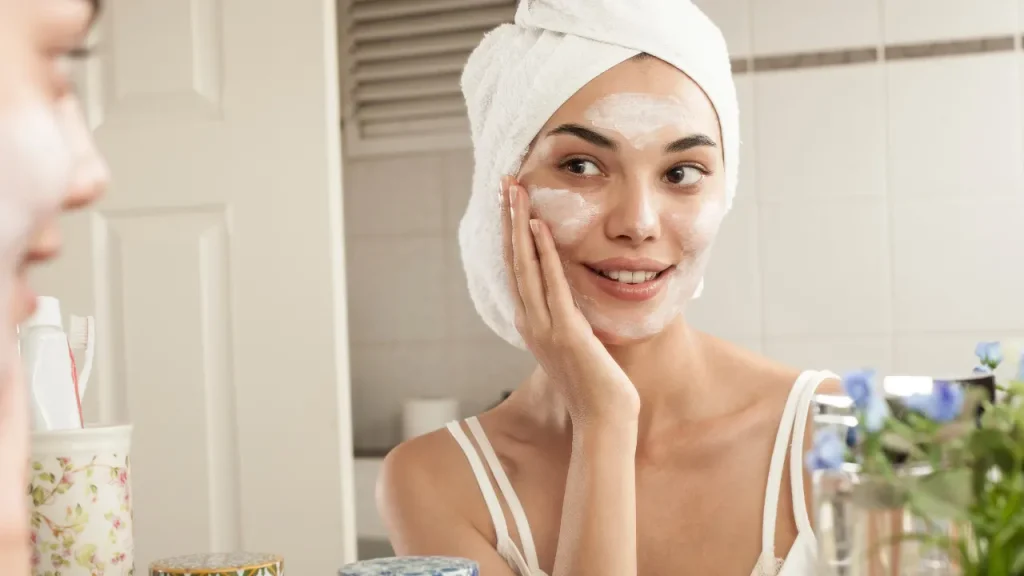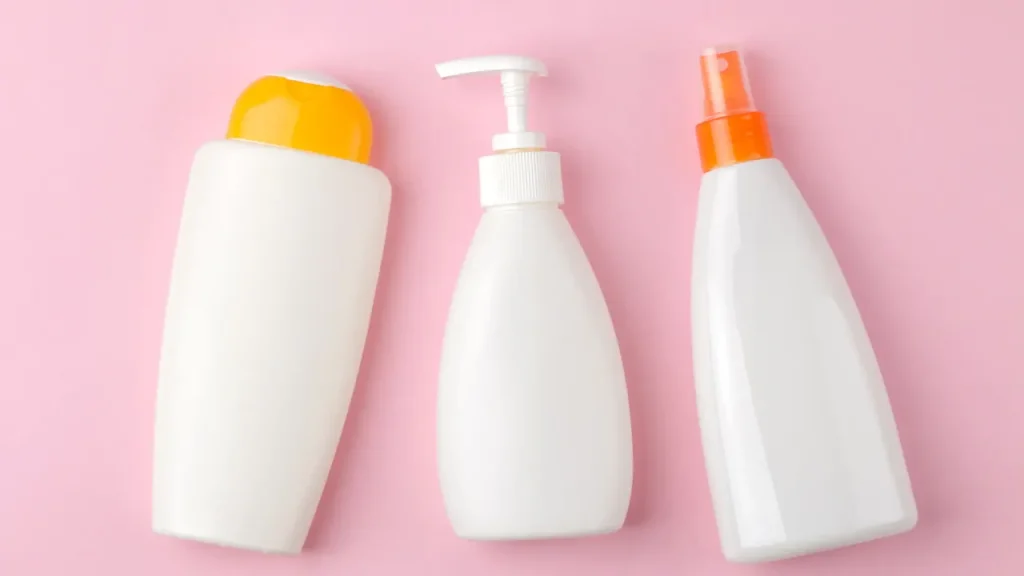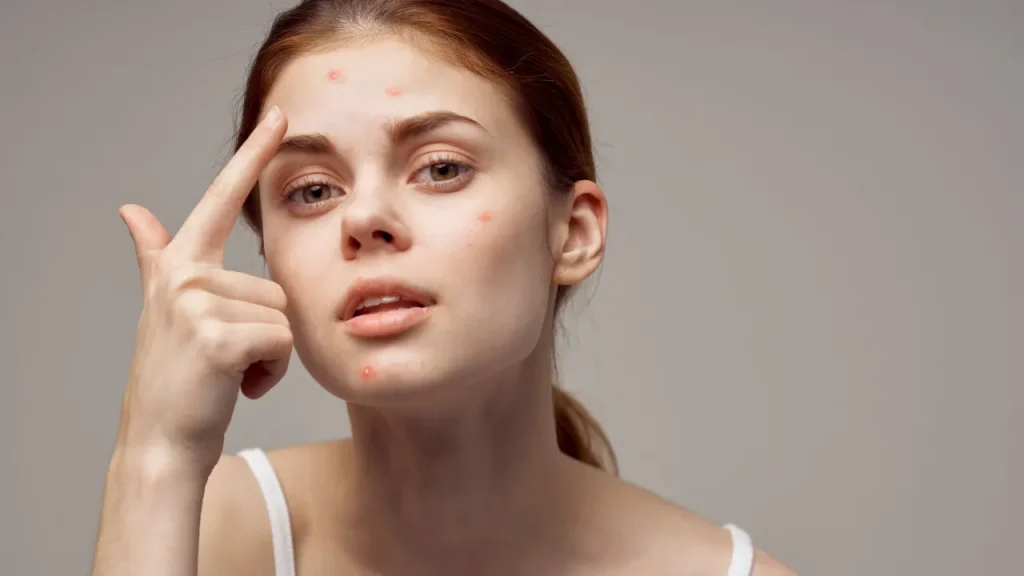Description
Dermatological manifestations known as rashes can show a variety of symptoms like itching, redness, swelling, lumps, or blisters. Rashes may be localized or widespread and come in a variety of shapes, including macules, papules, vesicles, and pustules. There are many kinds of skin rashes people can have. Examples of typical skin rashes are: –
Contact Dermatitis: An allergic or irritating reaction called contact dermatitis happens when something touches the skin directly. The affected area becomes red, itchy, and occasionally blistered as a result. Common triggers include some plants such as poison ivy, detergents, soaps, cosmetics, and metals like nickel.
Atopic Dermatitis (Eczema): Dry, red, and itchy areas of skin are symptoms of the chronic inflammatory illness atopic dermatitis. It frequently manifests in flexural regions such as the knees, elbows, or behind the ears. With repeated scratching, the damaged skin may thicken and scald.
Urticaria (Hives): Hives, also known as urticaria, are raised, itchy welts on the skin. They may appear suddenly and can occur in a variety of sizes and shapes. diseases, drugs, diseases, and physical stimuli including pressure or heat may trigger hives. Allergies are often the cause of hives.
Psoriasis: An inflammatory disease known as psoriasis causes elevated, reddish patches of skin that are covered in silvery scales. Plaques commonly show up on the elbows, knees, lower back, and scalp. Psoriasis can itch and possibly hurt.
Tinea Infections: Tinea infections, often known as ringworm, are fungal diseases that may impact the scalp, torso, groin, i.e., jock itch, or feet, i.e., athlete’s foot. They frequently produce scaly, raised, round, or oval patches that might itch or be uncomfortable.
Rosacea: Rosacea represents a long-term skin condition that mostly affects the face, resulting in flushing, redness, and the development of tiny, obvious blood vessels. Additionally, it can cause acne and lingering redness on the forehead, chin, cheeks, and nose.
Diaper Rash: Infants along with young children frequently suffer from diaper rash. It happens due to, long-term contact with moisture, irritants, or friction around the diaper region. The skin has a reddish, swollen appearance and may have tiny lumps or pustules.
Shingles: Herpes zoster, sometimes known as shingles, is a viral condition brought on by the varicella-zoster virus, which also causes chickenpox. It presents as a blistering, painful rash that often develops on a single side of one’s body in a strip or band, following the course of a nerve.
You May Also Like:
DRY SKIN: DESCRIPTION, CAUSES, AND TREATMENT PROTOCOL
GLOWING FROM WITHIN: UNLOCKING RADIANT SKIN WITH NUTRITIONAL POWER
Rashes: Description, Causes, And Treatment Protocol is an original (HealthXWire) article.
Possible Causes
The causes of rashes may range from allergic responses to underlying medical issues. To treat and avoid rashes effectively, the underlying cause must be found. Following are a few possible reasons for rashes: –
Allergic Reactions: The following substances, among others, can cause rashes in those who experience allergic reactions to them: –
- Food allergies
Affected individuals may develop rashes when exposed to common dietary allergens like shellfish, eggs, nuts, or dairy items.
- Environmental allergies
Allergy symptoms, like rashes, can be brought on by allergens including pet dander, pollen, mold spores, or dust mites.
- Medication allergies
As a negative side effect of some treatments, like nonsteroidal anti-inflammatory medications or NSAIDs, antibiotics, or anticonvulsants, some people may experience rashes.
- Contact dermatitis
Individuals who are sensitive to certain substances may get rashes after coming into immediate contact with irritants such as detergents, soaps, cosmetics, latex, or metals like nickel.
Infections: These include: –
- Fungal Infections
Rashes with different characteristics can be brought on by fungi such as candidiasis, ringworm, i.e., tinea corporis, or athlete’s foot.
- Bacterial Infections
Rashes that include redness, swelling, and occasionally blisters or pustules can be caused by bacterial diseases such as cellulitis or impetigo.
- Viral Infections
Viral rashes including chickenpox, shingles, or warts can be caused by viruses like the herpes simplex virus (HSV), human papillomavirus (HPV), or varicella-zoster virus (VZV).
Autoimmune or Inflammatory Conditions: These include: –
- Psoriasis
As mentioned, psoriasis creates itchy, scaly patches of skin that are red and have a rough texture and it is an autoimmune illness.
- Atopic Dermatitis (Eczema)
Chronic inflammatory atopic dermatitis causes itchy, dry, and inflamed skin which can turn rash-like.
- Lupus
An autoimmune condition called systemic lupus erythematosus or SLE may cause a recognizable rash that frequently appears on the face, i.e., butterfly rash.
Systemic Diseases: These include: –
- Measles
A characteristic rash associated with the viral virus measles often appears on the face before spreading to other body areas.
- Kawasaki Disease
With a high temperature and a rash that frequently involves both hands and feet, Kawasaki disorder is an inflammatory ailment that typically impacts young children.
- Lyme Disease
Erythema migrans is a rash caused by Lyme disease and spread by tick bites. It is characterized by a bull’s-eye pattern.
Other Causes: These include: –
- Heat Rash
Prickly heat, another name for heat rash, is caused by blocked sweat ducts, which in hot, humid weather results in itchy, red rashes.
- Emotional or Stress Factors
Some skin disorders, like psoriasis and atopic dermatitis rashes, may be caused by or made worse by emotional stress.

Exacerbating and Mitigating Factors
The exacerbating factors of rashes include: –
Irritants: Contact with irritants such as strong chemicals, scents, or particular materials can irritate one’s skin and aggravate rashes, increasing inflammation and discomfort.
Allergens: For people with atopic eczema or allergic dermatitis, exposure to allergens like pollen, pet hair, or specific foods can cause allergic reactions and exacerbate rashes.
Environmental Factors: Rashes can be made worse by certain environmental factors, such as extreme humidity, heat, or dryness.
Poor Skincare Practices: Poor skincare practices, such as prolonged rubbing, the application of abrasive soaps, or forgetting to hydrate, can damage the skin’s inherent barrier, making it more susceptible to rashes.
Stress: The skin’s health and immune system can be negatively impacted by anxiety and emotional stress, which could worsen rashes or cause flare-ups.
The mitigating factors of rashes include: –
Avoidance of Triggers: Individual triggers for rash flare-ups, including particular foods, allergies, or irritants, can be identified and avoided.
Proper Clothing: Rashes can be relieved by wearing loose-fitting, breathable clothing that reduces friction and discomfort.
Climate Control: The worsening of rashes can be reduced by maintaining a regular, comfortable environment with the right humidity levels while preventing excessive temperatures.
Gentle Skincare Routine: A light skincare regimen that includes gentle cleansers and moisturizers made for sensitive skin will help preserve skin health and lower the tendency of rashes.
Stress Management: Exercise, meditation, and relaxation techniques are all effective ways to reduce stress, which may also improve the appearance of the skin.

Standard Treatment Protocol
Rashes are commonly treated using a variety of treatments, including the ones listed below: –
Finding and Avoiding Triggers:
- Recognizing and avoiding factors, such as allergies, irritants in the surroundings, and foods that may make the rash worse.
- Utilizing gentle, detergents and soaps free from fragrance, and practicing basic personal hygiene.
Topical Medications: These include: –
- Corticosteroids
These anti-inflammatory drugs, which come in a variety of dosages and formulations like ointments, lotions, or creams are frequently given to treat inflammation and itchiness.
- Calcineurin inhibitors
Rashes on one’s face or groin are common candidates for treatment with topical calcineurin inhibitors like pimecrolimus or tacrolimus. They help to lower inflammation by modulating the immune reaction.
Oral Medications: These include: –
- Antibiotics or Antifungals
Antibiotics or antifungal drugs taken orally may be advised whether the rash is fungal or bacterial in origin.
- Antihistamines
Itching and allergic reactions linked to rashes can be reduced by using oral antihistamines including loratadine, cetirizine, or fexofenadine.
Moisturizers and Emollients: Using moisturizers and emollients frequently helps ease skin irritation, lessen dryness, and eliminate flare-ups.

Treatment Options
Nutritional Supplements: These include: –
- Vitamins A, D, C, and E
The immune system and skin health are crucially impacted by these vitamins. To choose the proper dosages, consulting a healthcare expert is advised.
- Omega-3 Fatty Acids
Omega-3 fatty acid-rich fish oil supplements contain anti-inflammatory characteristics that may help lessen inflammation linked to rashes.
Herbal Remedies: These include: –
- Tea Tree Oil
In order to treat rashes brought on by bacterial or fungal infections, tea tree oil might be diluted and administered topically. Tea tree oil also has antibacterial qualities.
- Aloe Vera
The aloe vera plant produces aloe vera gel, which has calming and anti-inflammatory qualities. Inflammation and irritation may be reduced by topical use of aloe vera gel.
- Chamomile
For their relaxing and anti-inflammatory properties, chamomile tea and lotions with chamomile extract can be utilized topically.
- Oatmeal Baths
Warm bathwater with colloidal oatmeal added can ease itching and soothe inflamed skin.
Although some people may find comfort in these complementary therapy alternatives, they need to keep in mind that individual reactions and levels of efficacy may vary. To guarantee the safety and suitability of any nutritional supplements or herbal therapies for the particular rash issue, it is imperative to speak with a healthcare practitioner before using them. Further examination and care must be sought from a doctor if the rash continues or gets worse despite treatment.
Conclusion
Rashes encompass a wide spectrum of skin conditions and they appear in varying symptoms like itching, bumps, redness, etc. The underlying cause of a specific type of rash is difficult to pinpoint. Its underlying cause may range from different allergic reactions to skin infections and autoimmune conditions. However, regardless of their origin, rashes cause discomfort and self-consciousness, making their diagnosis and treatment important for the overall well-being of a person.
Topical creams, antihistamines, or other medications are commonly prescribed for symptomatic relief. In order to find the root cause, the patient needs to work closely with their doctors in identifying and avoiding the triggers. With the right guidance and care, individuals can often find relief from the itching and discomfort associated with rashes and restore the health and appearance of their skin.

Additional resources for further reference
https://www.aad.org/public/everyday-care/itchy-skin/rash/rash-101
https://www.webmd.com/skin-problems-and-treatments/guide/common-rashes
https://www.healthline.com/health/rashes#pictures
Important Note: The information contained in this article is for general informational purposes only, and should not be construed as health or medical advice, nor is it intended to diagnose, prevent, treat, or cure any disease or health condition. Before embarking on any diet, fitness regimen, or program of nutritional supplementation, it is advisable to consult your healthcare professional in order to determine its safety and probable efficacy in terms of your individual state of health.
Regarding Nutritional Supplements Or Other Non-Prescription Health Products: If any nutritional supplements or other non-prescription health products are mentioned in the foregoing article, any claims or statements made about them have not been evaluated by the U.S. Food and Drug Administration, and such nutritional supplements or other health products are not intended to diagnose, treat, cure, or prevent any disease.


